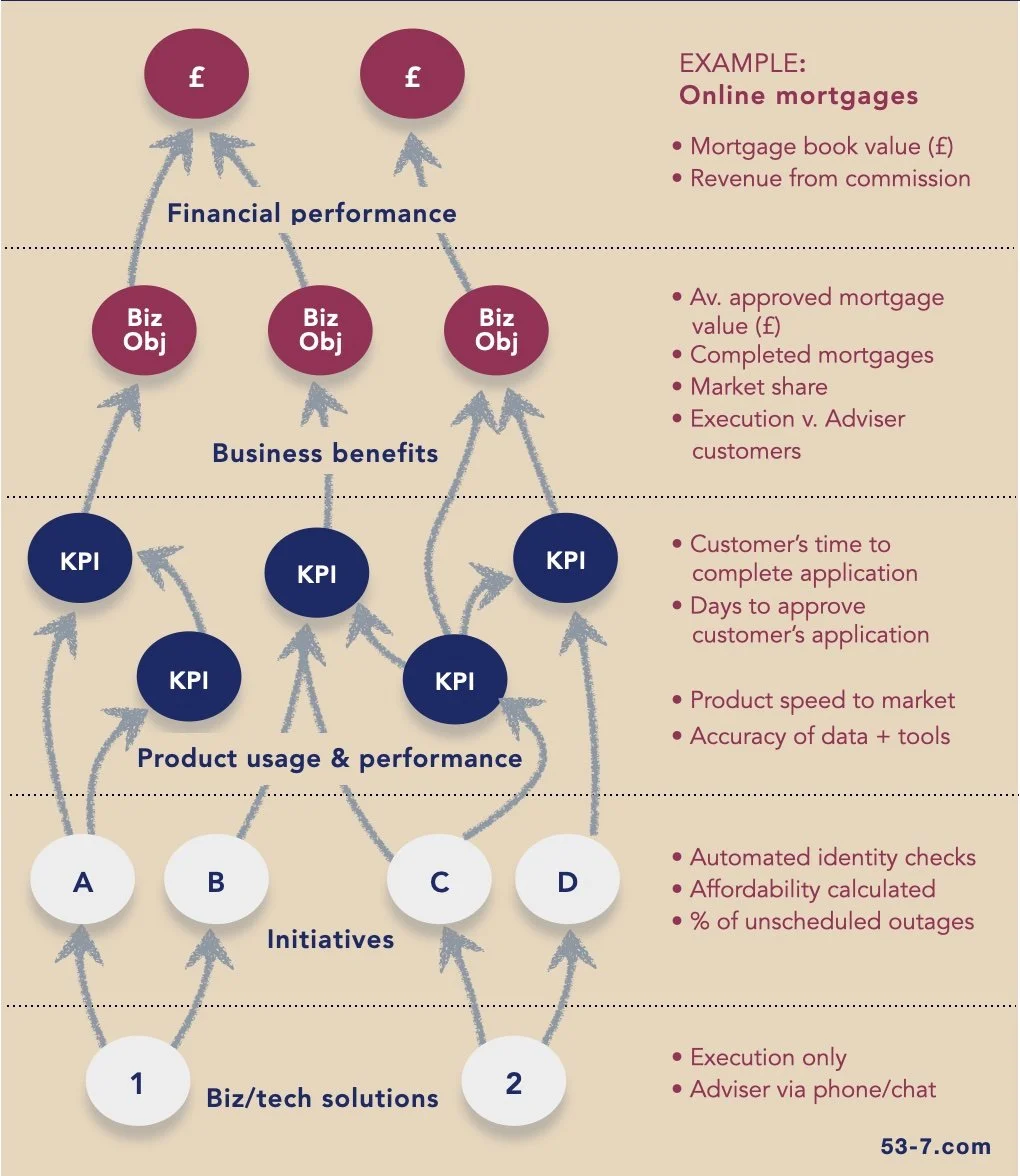Show me the value.
CIOs who successfully communicate the business value of information technology will maintain 60% higher funding levels than their peers who don't (Gartner).
Business leaders don’t invest in technology. They invest in outcomes. If they can’t see the business value of a digital transformation or IT initiative, getting funding, executive buy-in, and ongoing support will likely be a struggle.
So, how do you ensure technology investments are seen as value drivers, not just cost centres? You translate technology metrics into commercially relevant outcomes—one’s business stakeholders understand and care about. You turn your tech into a business conversation.
Linking IT performance to business benefits isn’t as complicated as many think. For example, shorter lead times and fewer defects mean products get into customers’ hands faster, accelerating revenue growth.
One of the most effective ways to do this is through a Value Flow Mapping exercise at the start of any programme. This collaborative workshop brings together key stakeholders from across the organisations to map out how IT initiatives impact KPIs, business goals, and financial performance—creating a visual link between investment and value.
Key tips for running a Value Flow Mapping exercise:
Focus on the ‘what’, not the ‘how much’. Identify value drivers first, then quantify impact later.
Start with known metrics. Work through cause-and-effect relationships—most business performance shifts stem from changes in customer behaviour, which, in turn, are influenced by product relevance, quality, and reliability. What metrics track those?
Acknowledge trade-offs. A single initiative may positively impact one metric but hurt another—e.g. boosting cost efficiency might lower customer satisfaction. Include and note these.
Sanity-check your logic. Ask: ‘If we did nothing, would this measure still change?’ and ‘If we did the opposite, would it decrease?’
Get cross-functional input. Bring in business leaders, operations, customer service, product, and tech teams—each has a unique view of what drives value. People also support what they have helped to create.
Keep it live. This isn’t a one-and-done exercise. Regular updates ensure it remains a reference point for future decisions and keeps teams aligned on real business impact.
When done right, Value Flow Mapping doesn’t just create a solid business case—it becomes the foundation for ongoing optimisation, iterative design, and continuous value realisation.
